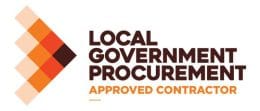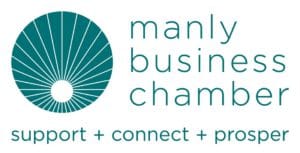TIPS FOR TRANSITIONING FROM TEMPORARY WORK TO A PERMANENT JOB
Temping and/or contracting work can be ideal, providing you with the flexibility to work when you are available, the opportunity to experience different roles, organisations and working environments while earning a decent income. But you may reach a point where permanency becomes your top priority. What then? How easy is it to move into a permanent role when your career journey is peppered with short-term assignments?
Here are some top tips for transitioning from temporary work to a permanent Job.
Reflect on the type of job you want
First, consider what you’re looking for in a permanent role. You might start by thinking about what has appealed to you in previous jobs, e.g.
- Industry sectors
- Job responsibilities
- Organisational culture
- Type of working environment
- Organisational size/team size
As well as looking back on your professional experience, look forward. What do you want to see in a future role? What are your career goals? What are your salary expectations?
Update your resume
Take the time to refresh your resume. Chances are you already have a recent version to hand, especially if you’ve held multiple roles in the last few years. However, you should consider making a few key changes before applying for permanent roles, such as:
- Highlighting your intention to look for a permanent role at the top, e.g. under your professional summary.
- Including a section on relevant professional experience, especially if you’ve held a wide variety of temporary/contract roles.
- Condensing other professional experience under a separate section further down the resume.
- Not listing every single assignment you have undertaken. There’s no harm in summarising these with a simple sentence like “multiple short-term administrative assignments”.
- Drawing attention to your contribution in key roles as well as your achievements
- Explaining role types in each job header with terms like “contract”, “temporary”, “seasonal” or “casual”, especially if they are shorter-term.
In parallel, it’s a good idea to create and/or update your LinkedIn profile. LinkedIn can be an invaluable resource for job seekers. It provides you with a strong online profile, enables you to network with other professionals, and look for jobs.
Create a compelling cover letter
Make it clear in your cover letter – in your opening paragraph – that you are committed to long-term employment. There’s no need to go into huge detail; you could simply say “I am now committed to leveraging my skills and experience in a permanent role.” Then go on to showcase those skills and experience! In addition, it’s important to demonstrate a genuine interest in the role/organisation you are applying for. You may have what the employer is looking for, but they also want to know what appeals to you about the organisation and the role.
Search and apply for jobs
Go all out with your job search! There are multiple ways of getting your name and resume out there, including:
- Online job platforms, like SEEK, Indeed and LinkedIn
- Personal and professional networks
- Approach previous employers and/or co-workers and let them know you’re looking for work
- Let your family and friends know too
- Recruitment agencies
- Register with a small selection of recruitment agencies
- Focus on local agencies if you’re looking to work locally and/or specialist agencies if you have specific skills e.g. in IT or marketing
Stay positive
Finding the right permanent role may take time, energy, and enthusiasm. Keep a positive mindset and keep going!
If you’re looking at transitioning to a permanent role, contact the professional team at Optimal Recruitment today on info@optimalrecruitment.com.au or 02 8416 4181.










